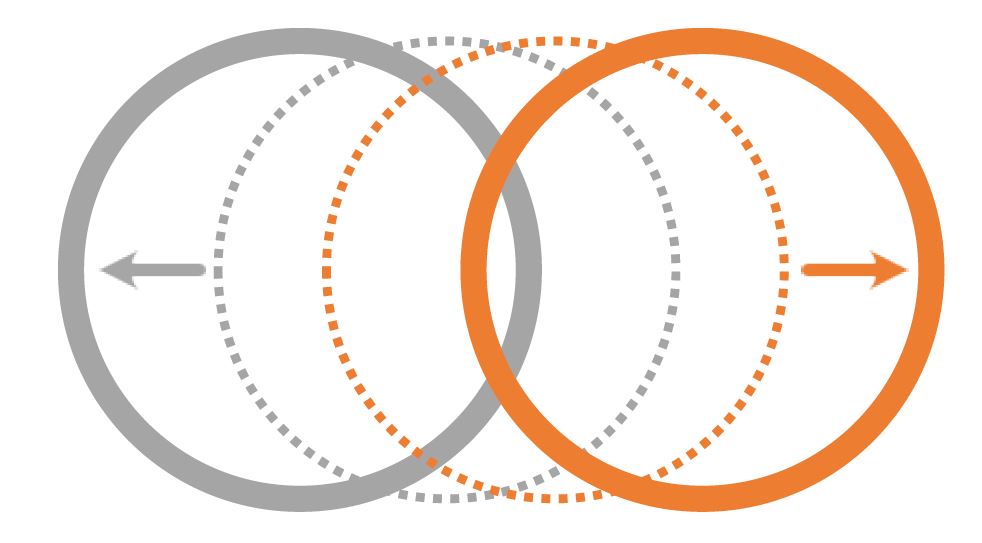Dynamic character displacement among members of the plant microbiome
In a recent "Nature Communications" paper, the Vorholt group at IMB, investigated the concept of dynamic character displacement using a proteomics approach. They observed a phenotypic shift in two bacterial commensals in planta during coexistence, minimizing their niche overlap.

Differences between species promote stable coexistence in a resource-limited environment. These differences can result from interspecies competition leading to character shifts, a process referred to as character displacement. While character displacement is often interpreted as a consequence of genetically fixed trait differences between species, it can also be mediated by phenotypic plasticity in response to the presence of another species.
Researchers at the Institute of Microbiology tested whether two species from the abundant, leaf-colonizing families Sphingomonadaceae and Rhizobiaceae adapt to each other during co-occurrence. When they colonize the plant in mono association, both species exhibit specific but also shared protein functions indicating a niche overlap. During co-occurrence, quantitative differences in their proteomes can be measured, indicating phenotypic shifts. Specifically, the Sphingomonas strain produces enzymes for the metabolization of the polymer xylan, while the Rhizobium strain reprograms its metabolism to beta-oxidation of fatty acids fueled via the glyoxylate cycle and adapts its biotin acquisition. Additionally, the researchers demonstrated the conditional relevance of vitamin cross-feeding by mutagenesis leading to loss of fitness in competition in planta.
The study contributes to our understanding of how bacteria coexist in complex environments and that the observed dynamic character displacement mediated by phenotypic plasticity is an important mechanism during formation of stable microbial communities by facilitating species coexistence.
Link to the paper in external page Nature Communications